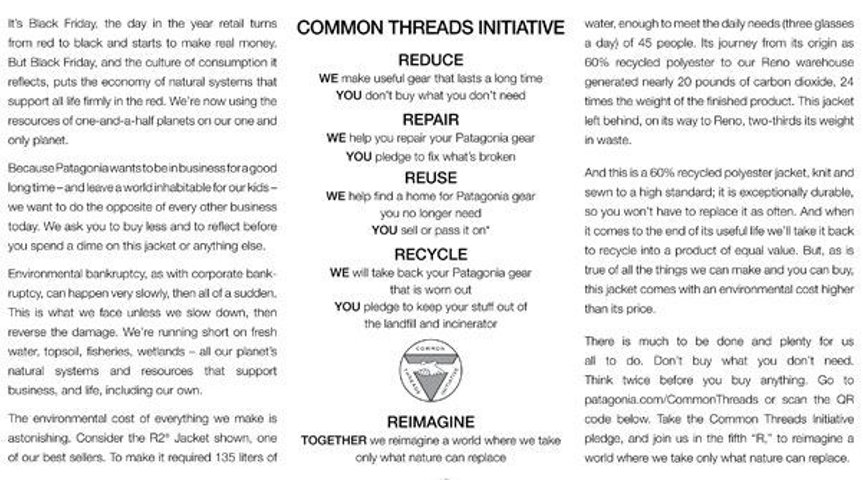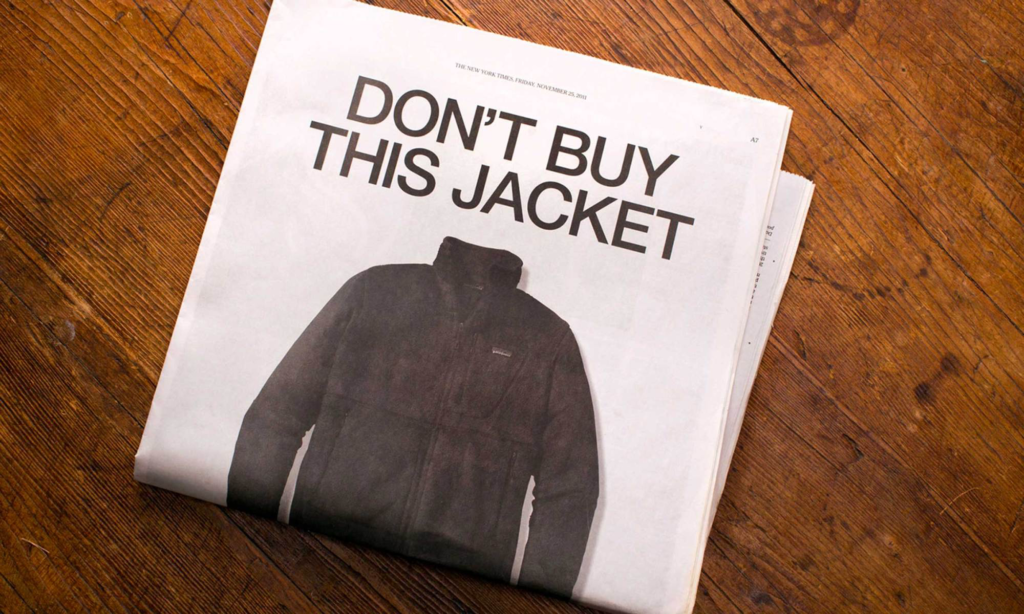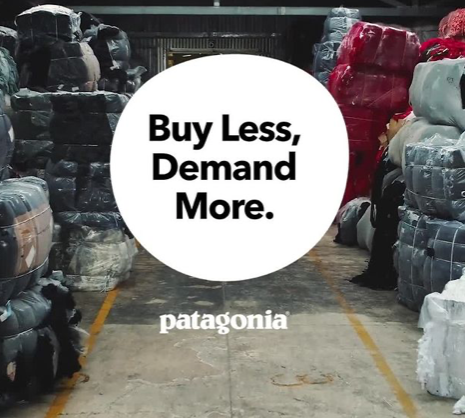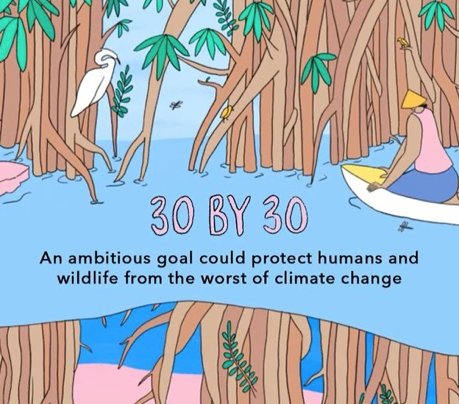Patagonia over the years has grown to a $1 billion company (Forbes,2018) with over 50 stores globally. They are known for their devotion to the outdoors and helping the environment as much as they can. Since being founded in 1973, they have always remained eco-friendly by using organic cotton and recycled polyester in their products, and constantly encouraging consumers to consider the environmental impact of their purchases. Unlike other fast fashion brands, Patagonia is among the few that has stuck to its missions.

“What we’re doing to ensure that our products are produced under safe, fair, legal and humane working conditions.”
“We’ve built robust environmental and animal welfare responsibility programs to guide how we make our materials and products.”
Patagonia footprint statement
Sustainability in fashion is a topic highly discussed worldwide. More and more companies are transforming their businesses to improve their carbon footprints and reduce the environmental impact in any way they can. “Gen Zer’s desire to protect the environment can also be seen in their green habits, with over two-thirds limiting their use of plastic, while 37% say it is important to them to be environmentally friendly” (Mintel,2019). A business needs to become environmentally aware to influence the young upcoming environmentalists.
In 2001, Patagonia campaigned their “Don’t Buy This Jacket” ad. This was launched on Black Friday sales day and published on a full page in the New York Times, telling viewers not to buy their jacket and why. The message behind the campaign was to encourage people to consider the effect on the environment and to only purchase what they need. The idea behind it was all about not buying what you want, but what you need, and inspiring consumers to think twice before buying. Not only did they receive the publication through the magazine, but also advertising at shopping malls in Manhattan, gaining exposure to the cause.
It is no surprise the ad got significant amount of attention, from a country where consumption has links to cultural identity. Some believed Patagonia was being hypocritical, as they were still interested in selling their products, even with the promotion “Do Not Buy”. Before the campaign, Patagonia parented up with eBay in 2015 to create a marketplace for customers to buy and sell their unwanted Patagonia apparel.

In 2001, Patagonia campaigned their “Don’t Buy This Jacket” ad. This was launched on Black Friday sales day and published on a full page in the New York Times, telling viewers not to buy their jacket and why. The message behind the campaign was to encourage people to consider the effect on the environment and to only purchase what they need. The idea behind it was all about not buying what you want, but what you need, and inspiring consumers to think twice before buying. Not only did they receive the publication through the magazine, but also advertising at shopping malls in Manhattan, gaining exposure to the cause.
The campaign also encouraged the idea of reduces, repairs and recycling their old clothing.
Reduce To reduce the amount of clothing the buy and reuse old clothing
Repair They will help repair any Patagonia products and encourage to fix what’s broken instead of re-buying
Reuse Sell or give old clothing instead of them going to landfills. they will also recycle any old Patagonia clothing they have
Recycle telling viewers not to send their clothes to landfills and that they can recycle it responsibly.
Reimagine Asking customers to imagine a world where we can only take what nature can replace
Patagonia have made their corporate responsibility information public, mostly on their website being devoted to environmental impacts and sustainability. They have been obtaining fair trade clothing since 101, which has “impacted more than 72,000 workers in 10 countries around the globe.”
Despite their efforts, sales increased by approximately 30% in the nine months following the ad. This could have been down to the positive brand awareness they created for themselves and reaching a specific target market. The company received about $10 million in sales revenue from Black Friday campaigns, supporting the idea that consumers want to buy from a conscious brand. They also donated all their revenues to environmental protection groups.




